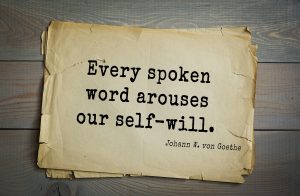
Another school year is just around the corner. Teachers (me included) are bound to be planning for that first week where we set the mood of how learning will happen in and out of our classrooms. Last year, I wrote about ‘get-to-know activities’[1], but these are just some of the many introductory activities we could introduce. For example, it makes sense to plan for student-centred lessons right from the first day of classes by introducing active learning activities, which give students the opportunity to learn while doing –and which many students are not accustomed to[2]. This can help our students transition smoothly to learning by discovery and collaboration. Smart, right? Below are two of my favourite active learning activities. (I hope you will share yours too!). Continue reading






